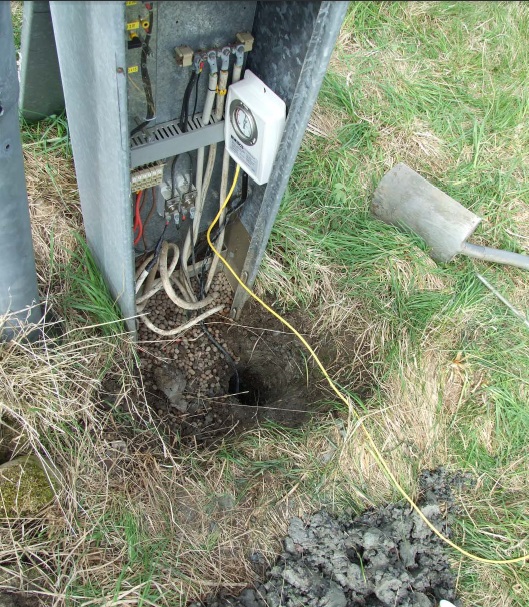Description
Monitoring AC Induced Corrosion with
LC Probe
The LC Probe is a reliable monitoring device developed specifically to monitor and evaluate material degradation (i.e. metal loss) associated with AC Corrosion. Typically, this newly developed LC Probe is more economical than standard coupons, as it does not require Laboratory Evaluation, and the LC Probe provides real time monitoring of aggressive corrosion associated with AC Induced Voltages.
AC Induced Corrosion compromises the integrity of buried metallic structures (i.e. Underground pipelines, etc.) and could cause premature failure to the primary structure (i.e. pipelines, pipe-type-cable, etc.). AC Induced Corrosion, on cathodically protected pipelines, remains a great concern for all pipeline operators.
This phenomenon is mainly associated with buried pipelines that are in the vicinity (i.e. right-of-way) of the Electrical Power Transmission Corridor. Pipelines paralleling the AC corridor are exposed to AC Induced Voltages caused through the Electrical Magnetic Field (EMF) of the Power Conductors.
Typically, AC Induced Voltage causes localized corrosion defects on the surface of the buried structure; the intensity of AC Corrosion increases as the primary structure (i.e. pipeline) retains high levels of AC Induced Voltages.
The LC Probe can be easily utilized in existing and new pipeline structures and is installed within the vicinity of the primary structure; the LC Probe can be installed easily and cost effectively when removing/evaluating the existing monitoring coupons.
The LC Probe is constructed with a Patented Pressurized Steel Vessel (PSV), in order to duplicate the surface area of the primary structure (i.e. pipeline), the coating of the PSV is partially removed and the PSV is then exposed with a defined surface area of exposed designated metal (i.e. 0.5, 1.0, or 2.0 cm2).
The PSV thickness represents the anticipated metal loss tolerance of the pipeline (i.e. worst case scenario). As the exposed PSV corrodes, exceeding the stated tolerance for metal loss, the pressure within the PSV will be compromised, which is instantly indicated on a Pressure Gauge, hence “alerts” the pipeline operator of potential localized corrosion.
The LC Probe may be monitored on-site with an Analog Gauge, or could be monitored remotely utilizing a Remote Monitoring System. The LC Probe with Analog Gauge does not require an external power supply, and will operate with limited maintenance.
To order the LC Probe, please provide the following information:
- Analog Gauge or Digital Gauge for Remote Monitoring System.
- The Length of the PSV (i.e. the depth of pipeline, plus the height of the test station).
- Number of Coating Defects (i.e. 1 or 2).
- Coating Defect Area, hence, Exposed Surface Area of the PSV, (i.e. 0.5, 1.0, or 2.0 cm2).
- PSV Wall Thickness, standards 0.8, 1.0 or 2.0 mm.
For additional information and Selection Guidelines, please review the LC Probe Brochure and contact Interprovincial Corrosion Control Co. Ltd for detailed product information and/or a Commercial Proposal.
Product Brochures
AC Monitoring Probes







